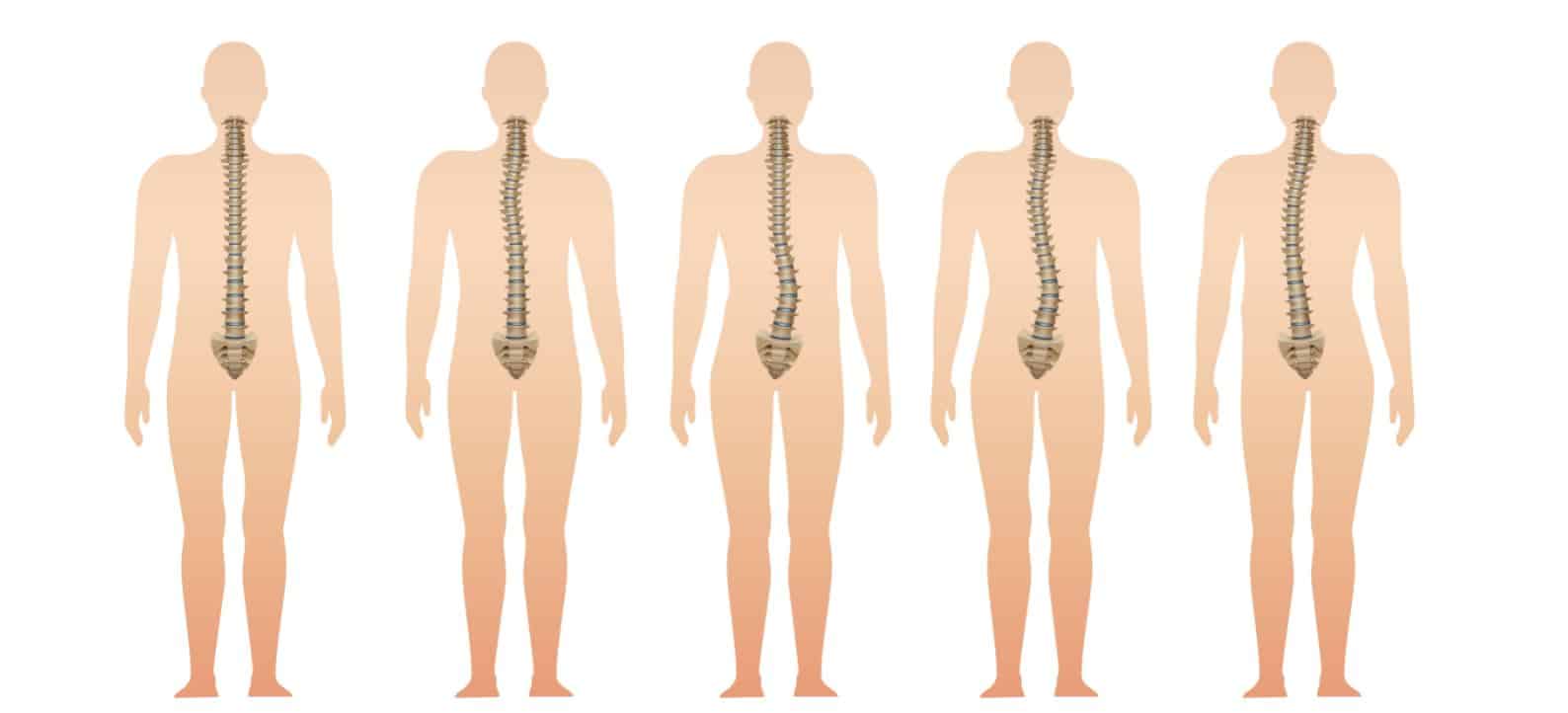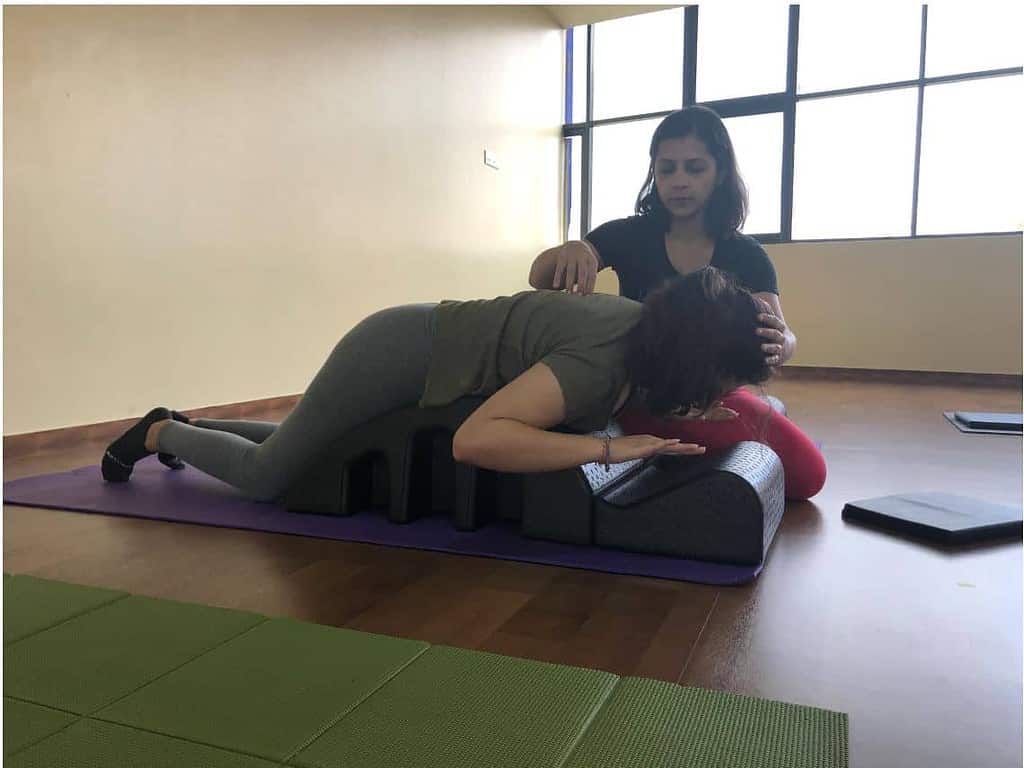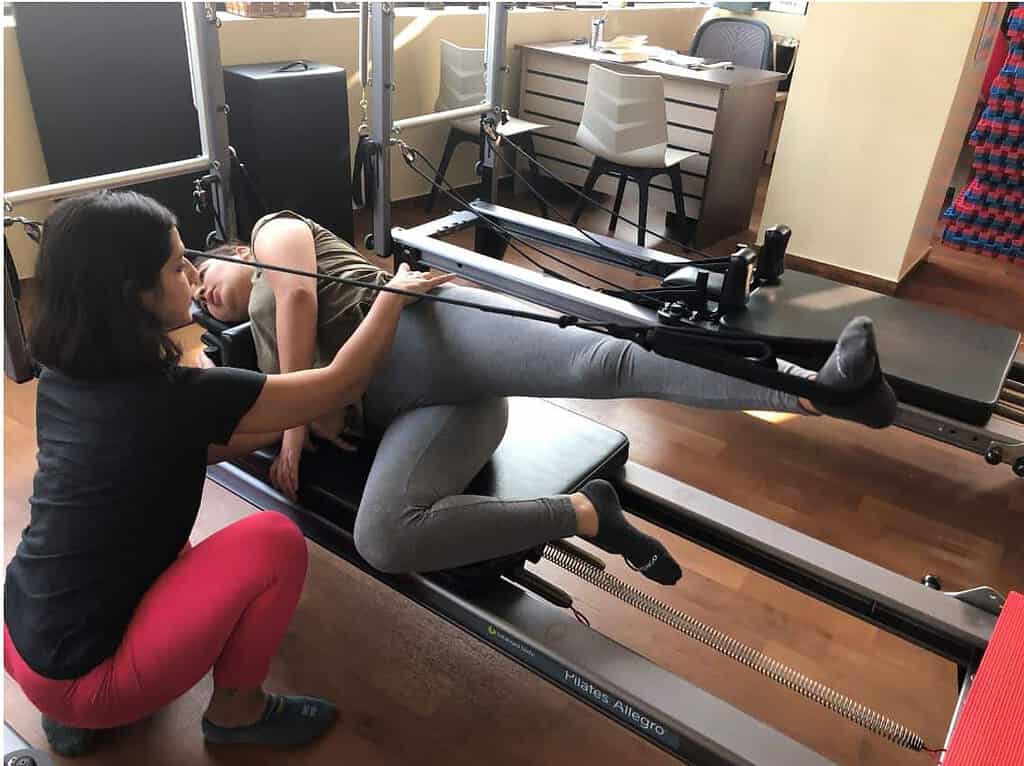Scoliosis and spine health

Embrace your curves, they say. And why shouldn’t we! Curves are beautiful, albiet the natural ones. If curves are the abnormal curvature of the spine, it is a cause for concern. In this blog, we shall discuss Scoliosis, a deformity of the spine and how to alleviate it.
The spine is the backbone of our body, holding the head on our shoulder and allowing us to stand upright. Looked at from the front or the back of the body, a healthy spine is a straight “I”. When viewed from the side, it forms four natural curves. These curves are important for balance and mobility. But when we notice a sideways curvature, and the straight “I” starts to look like a “C” or more alarmingly, an “S”, it requires special attention.
Scoliosis is characterised by a tilted body, where one shoulder and hip appear closer together and the other further apart. There can be a single sideways curve causing a ‘C’ shaped spine or a double curvature in the thoracic and lumbar spine causing an ‘S’ shape.
Often, the causes of Scoliosis are not known, but some cases are linked to cerebral palsy, muscular dystrophy, spina bifida or a birth defect. In most cases where it is genetic, it appears quite commonly in children of the age group of 10 to 12 years or at puberty. Scoliosis of the spine can lead to strain on the internal organs. In severe scoliosis, the rib cage may press against the lungs and heart, making it more difficult to breathe and harder for the heart to pump. Adults who had scoliosis as children are more likely to have chronic back pain than are people in the general population.
In very severe cases, where the scoliosis is hampering the functioning of the internal organs to a large extent, surgery might be required. In most cases, treatment is not needed, as the curve often corrects itself with growth, however, based on the degree of curvature and the age of the patient, a combination of bracing and physical therapy is often recommended.
The curve of the spine due to scoliosis cannot be reversed once it occurs, but Pilates can work on creating a muscle balance on the sides of the spine. On the concave side, the muscles are tight and on the convex side, the muscles are lengthened. Both the sets of muscles are not being used optimally. Thus, Pilates plays the role of balancing, by lengthening the tight muscles and by strengthening the lengthened muscles. This compensates for the curve of the spine to some extent.
Here are some of the exercises, people with scoliosis can do:
1. Swan or back extension:

Lying flat on the front and raising the back upwards, stretches the spine and gives length to muscles. It is beneficial for someone with scoliosis as it opens up the chest and works the abdominal muscles while holding the neck and back floating above the ground. This is a preparatory position to continue into further exercises for the spine.
2. Mermaid on the arc:

All side-lying exercises are good for scoliosis. In the mermaid, we perch ourselves with our hip lifted away from the arc and don’t allow it to sink in. This challenges the muscles on the side resting on the arc, while the opposite side is stretched over and above, helping in lengthening the muscles. If the concave side is stretched out, it will reduce the sideways curvature to some extent.
3. Side-lying leg lifts on the reformer:

Attaching one leg to the straps of the reformer, while lying on one’s side is a balance challenge in itself. Moreover, lifting the leg in that position is one of the most effective exercises in strengthening the oblique and lengthening the quadratus lumborum on the concave side.
These are some of the many exercises which can benefit someone with scoliosis. Moreover, the controlled breathing improves the strength of the diaphragm, allowing for less strain on the lungs and heart. Balancing the muscles helps reduce risk of injury and allows for easier mobility in daily activities. Scoliosis need not hamper normal life. Pilates can help you there. After all, learning to live with our flaws is important.
Read also: How Arthritis is misunderstood by many.
